Conventional conference system equipment refers to the traditional audio and visual components used in...
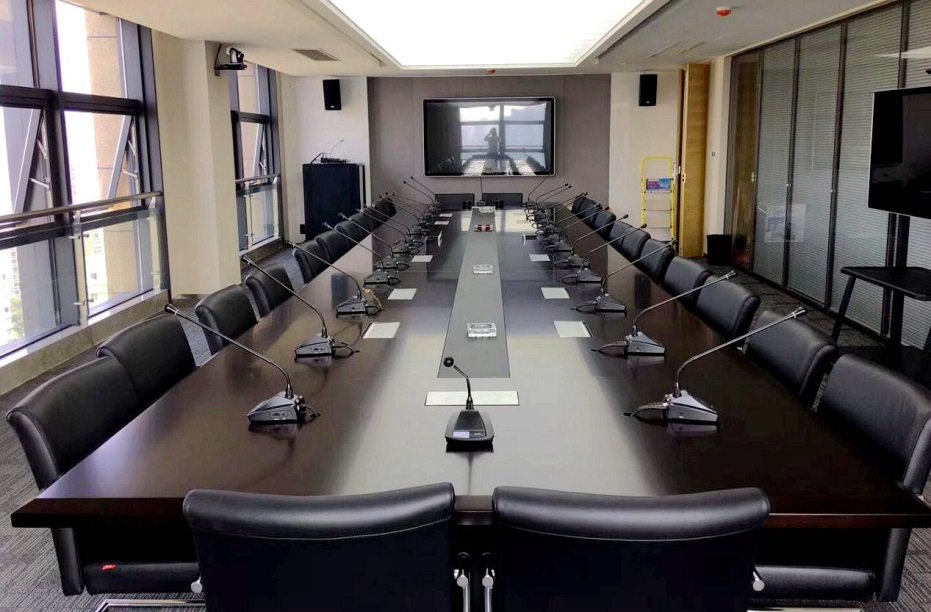

Conventional conference system equipment refers to the traditional audio and visual components used in...
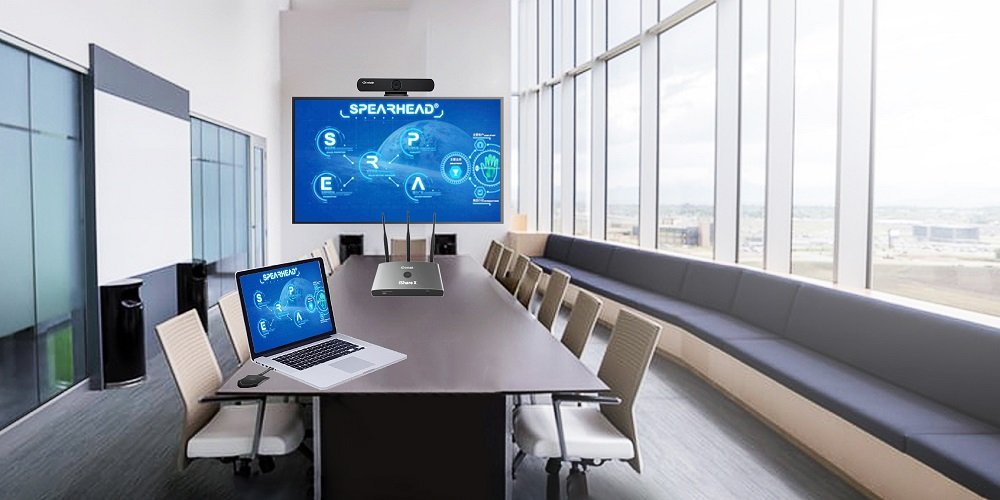
Infobit is a prominent company based in Beijing, China, and known for its expertise...
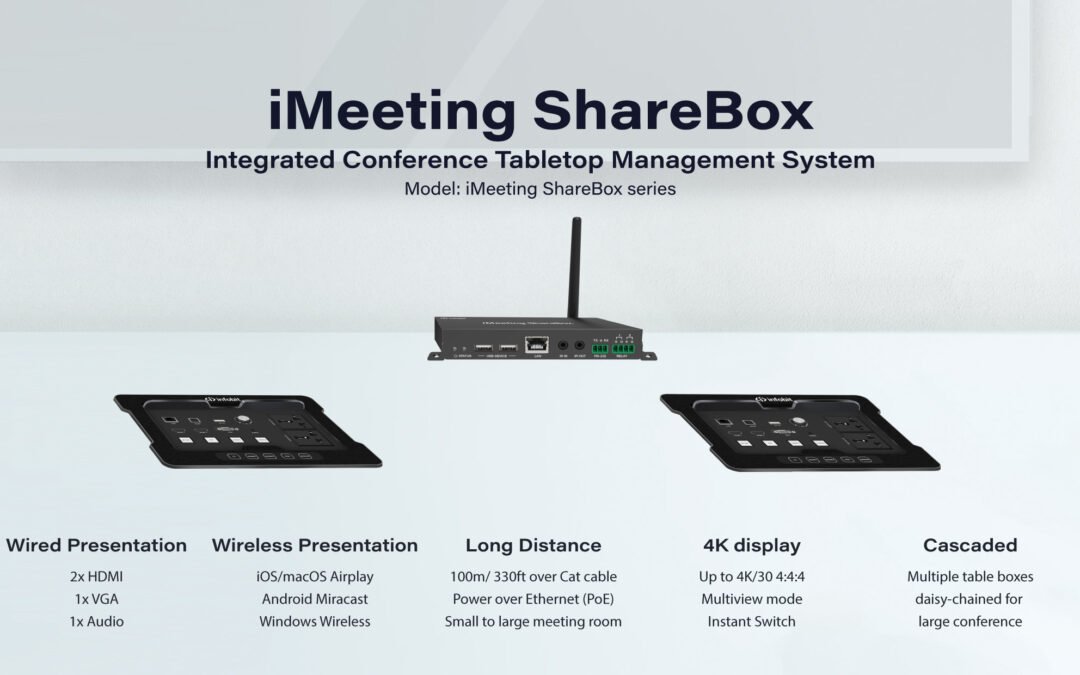
All-in-one Integrated Presentation & Presentation Control • HDMI 1.4b, HDCP 1.4, 10.2Gbps, 4K@30Hz 4:4:4...
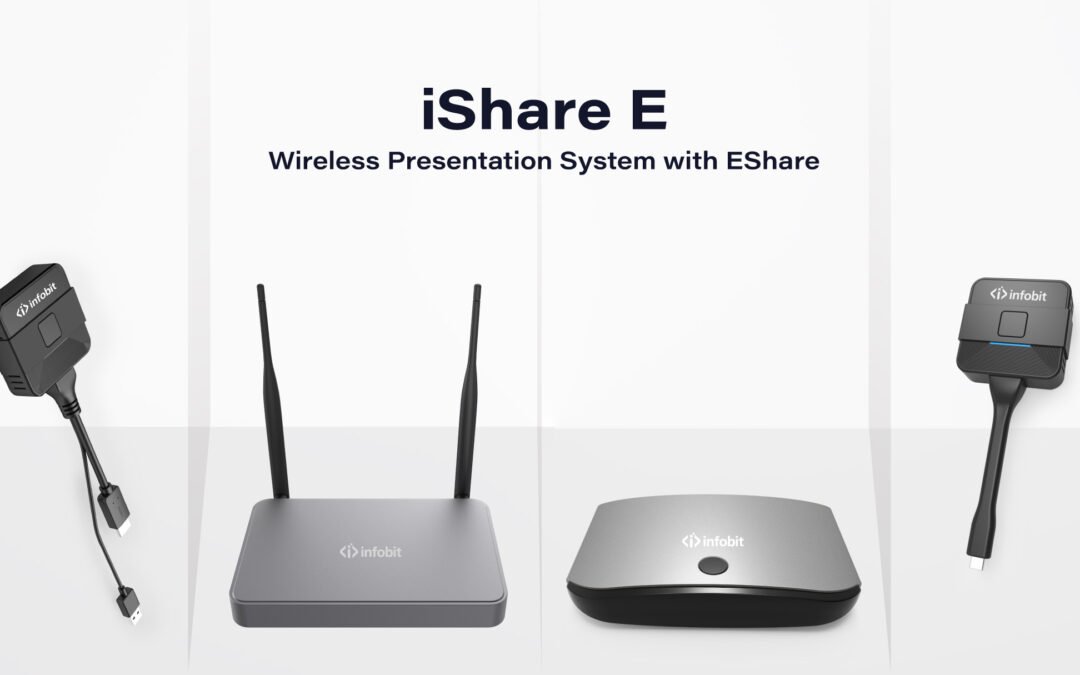
Wireless Presentation • Touch control • Max. 16 users connected simultaneously • USB C...
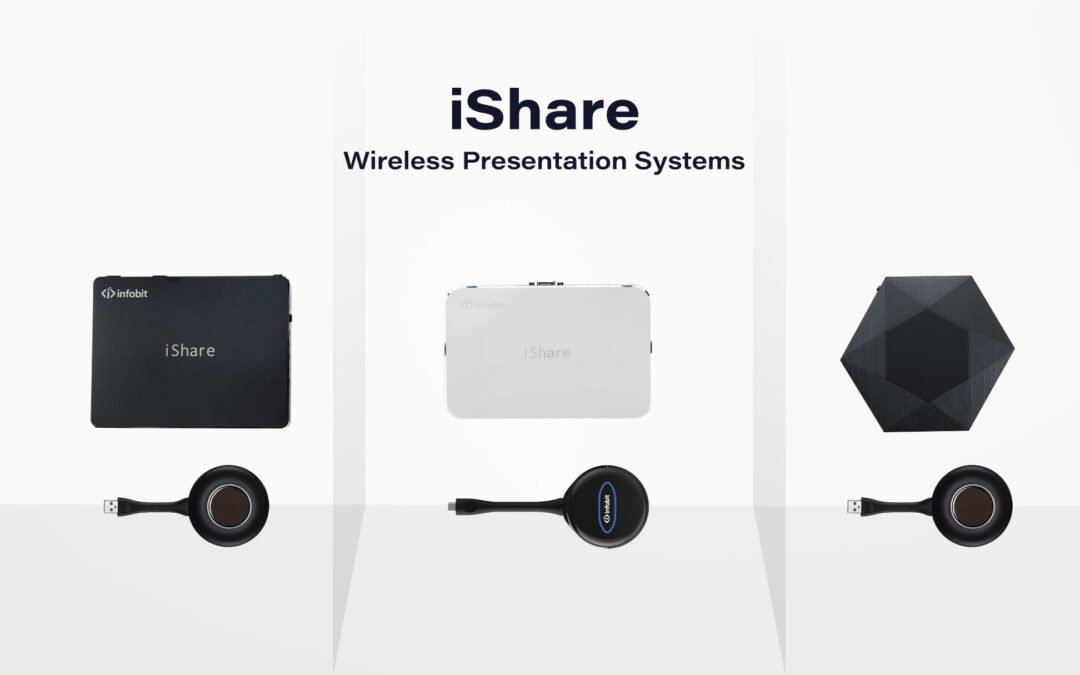
Wireless Presentation • Instant Show/ Hide. • Dual WiFi. • 0. 1s mirroring latency....
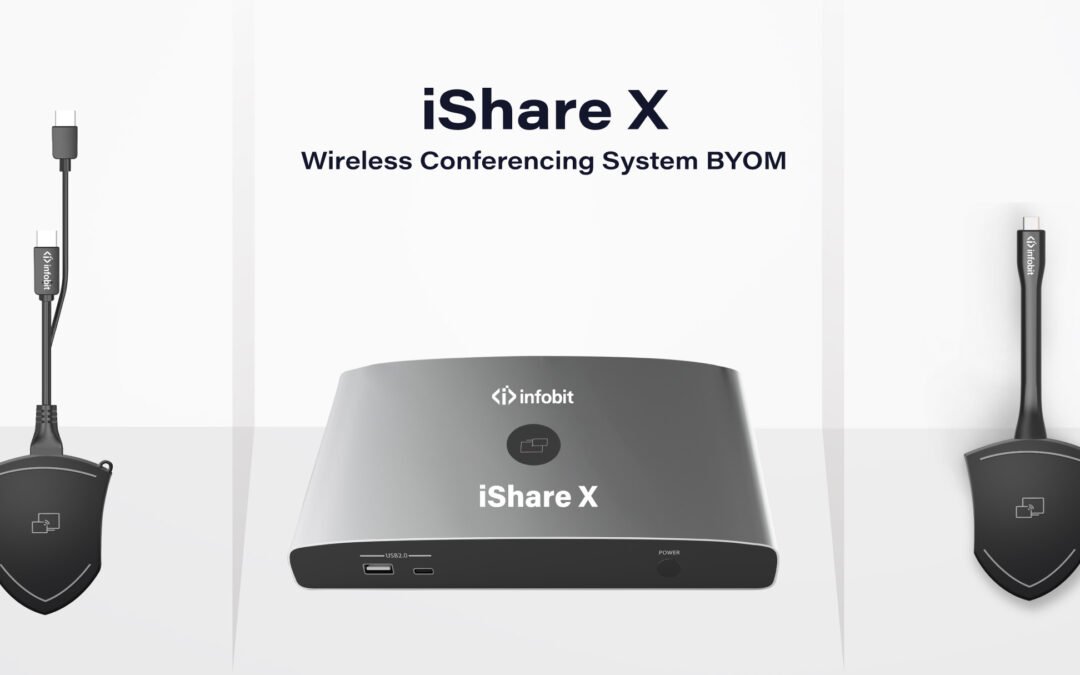
Wireless Conferencing systems • Best picture quality: HDMI output in 4K60 • Splitscreen: Simultaneous...
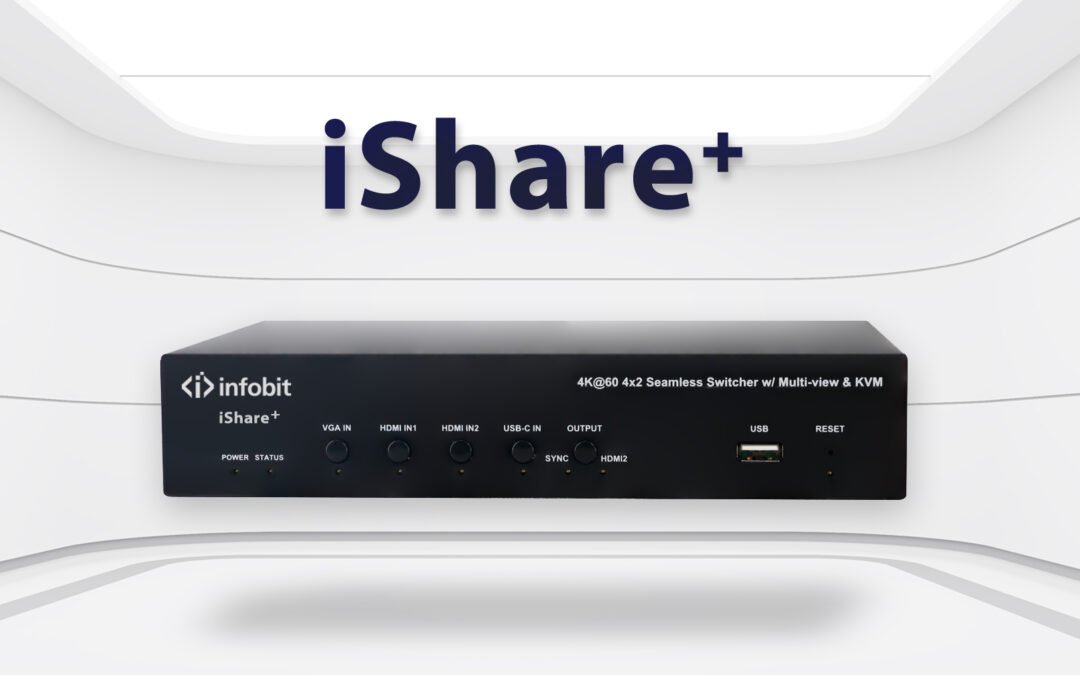
Wireless & Wired Presentration System • Multiple control: front panel buttons, Web UI and...
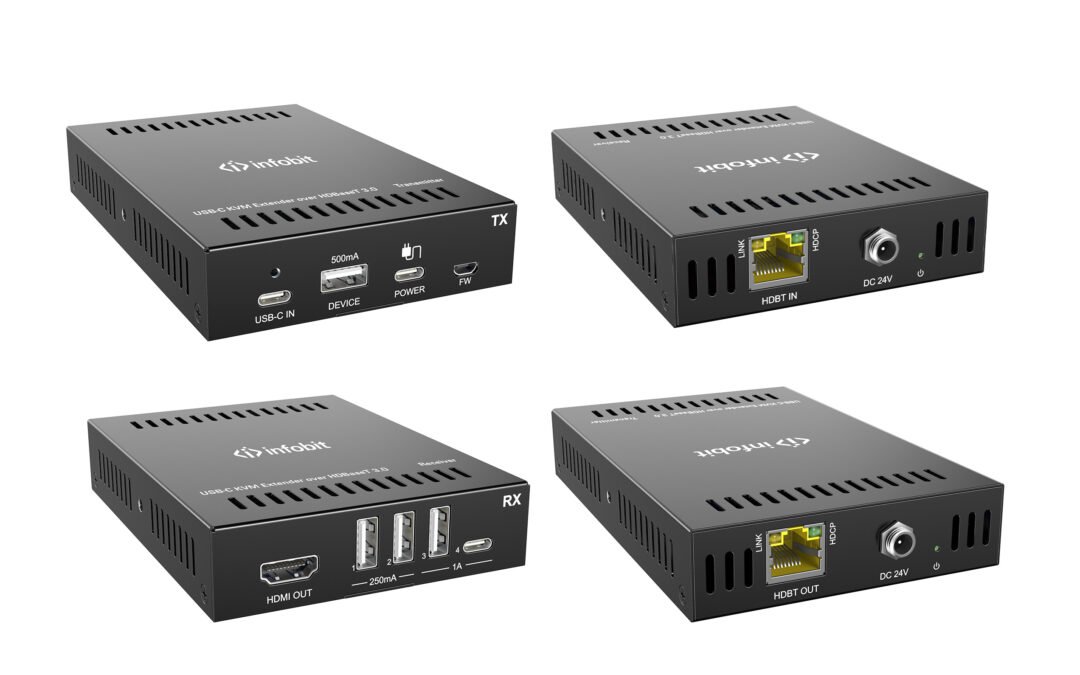
Switch BYOD PC and Room PC Share same Video Conference devices like camera, microphone,...

Multi-cam live production using PTZ (Pan-Tilt-Zoom) cameras allows for capturing and switching between multiple...
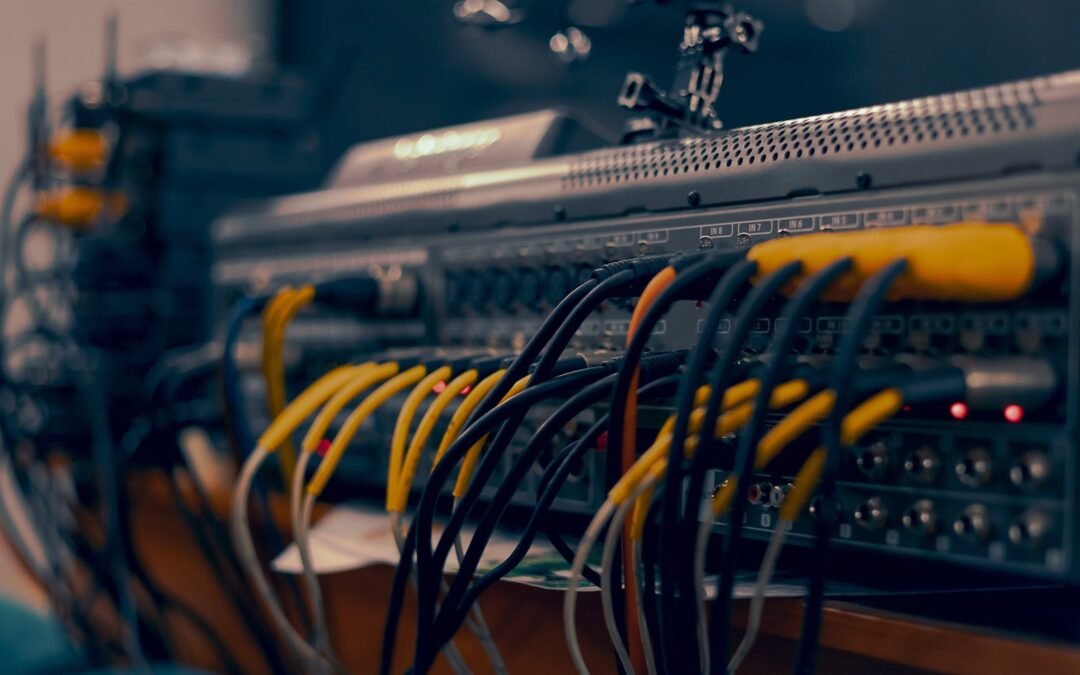
A multimedia hub is a device that acts as a central connection point for...